A short while ago, I had the privilege of being given a tour of the Griffith Institute Archives here in Oxford by its director, Dr. Jaromir Malek. It is one of the most renowned Egyptological archives in the world and it houses among many other things, all the personal papers of Howard Carter, the excavator of the tomb of Tutankhamun.
It seemed almost as chilly as outside when we ventured into the archive room, which is constantly kept at 18 degrees to preserve the fragile documents it houses, but as I glanced up at the famous portrait of Carter, that I’d seen reproduced many times in books, hanging on the wall, I knew that there were many ‘wonderful things’ to come.
You can see them for yourself on the Griffith website here. Also, check out some of the other links I’ve included and take a look at the amazing resources the Griffith has made available online.
Excavation reports are a key feature of the Griffith’s collection. It is important that the archive stores every recorded detail of an excavation, since the importance placed on different archaeological evidence varies over time and it is always possible that new discoveries may be made from old records. The most famous excavation papers at the Excavation reports are a key feature of the Griffith’s collection. It is important that the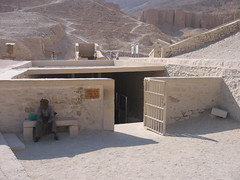 Griffith are those of Howard Carter and the legendary discovery of the tomb of Tutankhamun, which have not been fully published yet. However, the Griffith’s remarkable website, entitled ‘Tutankhamun: Anatomy of an Excavation’, allows most of these records to be accessed on the internet and offers an in-depth behind the scenes look at the dig. It’s most fortunate that they’re being digitized—the Griffith calculated that if publication continued at the present rate, it would be another 200 years before the records were all made publicly available!
Griffith are those of Howard Carter and the legendary discovery of the tomb of Tutankhamun, which have not been fully published yet. However, the Griffith’s remarkable website, entitled ‘Tutankhamun: Anatomy of an Excavation’, allows most of these records to be accessed on the internet and offers an in-depth behind the scenes look at the dig. It’s most fortunate that they’re being digitized—the Griffith calculated that if publication continued at the present rate, it would be another 200 years before the records were all made publicly available!
Here you can read the transcripts of Carter’s diaries and journals which document everything from the excavator’s thoughts at the initial find, to the tomb’s momentous unveiling, through the long, hard years of actually recording and cataloging all its contents.
The first hint of the discovery of the tomb appears as a simple jotting in Carter’s appointment diary. The small book has Lett’s No. 46 Indian and Colonial Rough Diaries 1922 written on the front and inside, the entry from Saturday, November 4 only has the scribble ‘First steps of tomb found’, indicating Carter’s unawareness of the momentousness of his find. The entry from Sunday, November 5 states, ‘Discovered tomb under tomb of Ramses VI. Investigated same & found seals intact’, by which time Carter would have realized that he was dealing with the thrilling prospect of an unknown but undisturbed tomb.
Most people who are familiar with Egyptology and archeology will be familiar with the legendary words that Carter is said to have uttered upon his first glimpse of the golden treasures of the tomb. Lord Carnarvon is said to have anxiously pressed Carter as to whether he could see anything, to which Carter is said to have replied, ‘Yes, wonderful things.’ However, an entry from a more detailed journal by Carter dating to Sunday, November 26th suggests that those words *might* simply be pure legend, embellished for the purposes of Carter’s book. The entry is beautifully descriptive: ‘It was sometime before one could see, the hot air escaping caused the candle to flicker, but as soon as one’s eyes became accustomed to the glimmer of light the interior of the chamber gradually loomed before one, with its strange and wonderful medley of extraordinary and beautiful objects heaped upon one another. There was naturally short suspense for those present who could not see, when Lord Carnarvon said to me `Can you see anything’. I replied to him Yes, it is wonderful.’
Whatever phrase was actually uttered by Carter, the wonderment he must have experience was fully justified. The treasures of have captivated generations, myself included, and they are one of the main reasons I decided to study Egyptology when I was just six years old. Their breathtaking workmanship was first documented by the professional excavation photographer Harry Burton, whom Carter borrowed from Met with the agreement that the museum could get doubles of the all the negatives. It’s remarkable that Burton achieved such stunning quality photographs simply taking them outside against the backdrop of a white sheet. They don’t take ‘em like they used to anymore. An enormous gallery on the site features all of Burton’s wonderful photographs:
The excavation was a Herculean task, the work of simply clearing the tiny tomb and cataloguing all the objects taking over 5 years, the records consisting of roughly 3000 cards and 2000 photographs. While the excavation is often portrayed as a one-man show starring Howard Carter, a number of the great Egyptologists of the age volunteered their services. Looking at the card records for object number 91, Tutankhamun’s famous throne, Alfred Lucas (best known for his milestone Ancient Egyptian Materials and Industries) did restoration work for the object using celluloid cement, and the renowned Sir Alan Gardiner (of Gardiner’s Grammar fame) recorded the inscriptions. Much of the excavation work was aided by Percy Newberry and Arthur Mace.
One of the photos in the collection, taken perhaps by Lord Carnarvon, shows some of these Greats of Egyptology actually luncheoning inside the tomb of Ramesses XI! Seated from left to right in the photo are J. H. Breasted, Harry Burton, Alfred Lucas, Arthur Callender, Arthur Mace, Howard Carter and A. H. Gardiner. This remarkable array of individuals sounds rather more like the gathering that an Egyptologist today might dream up if asked which famous people, dead or alive, one would invite to a dinner party! I’m not sure the Supreme Council of Antiquities in Egypt would allow anyone to have elaborate picnics in any of the tombs anymore though!
Continue reading “The Griffith Institute Archives”
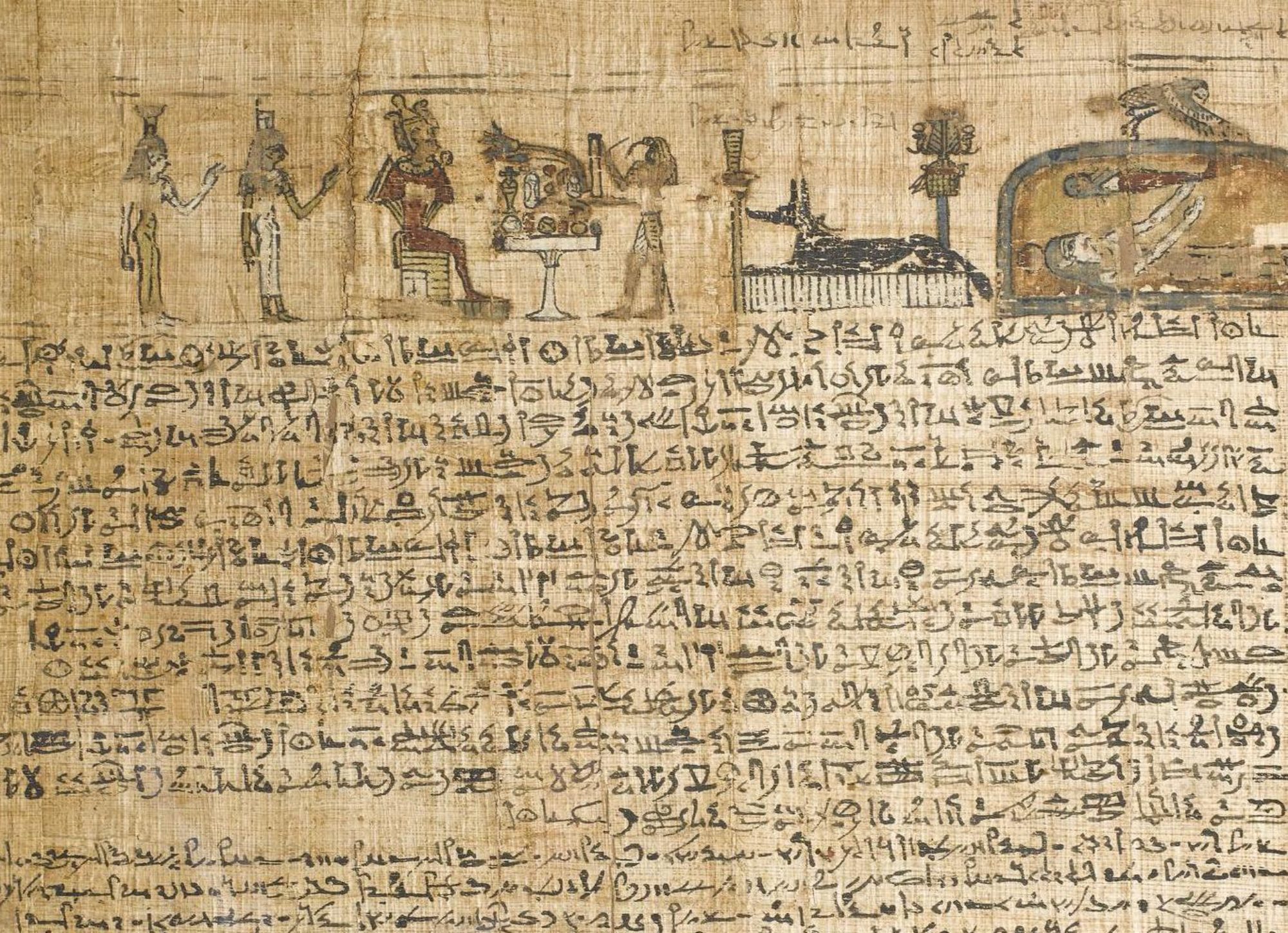
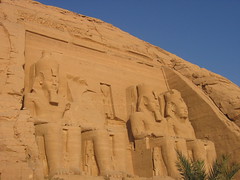 Most people have heard the famous story about how Rameses the Great’s temple at
Most people have heard the famous story about how Rameses the Great’s temple at 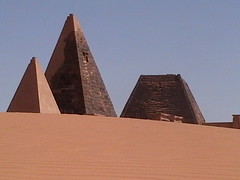 was heavily influenced by their more famous neighbours, but yet was an important kingdom in its own right. Tragically, it comes at the cost of losing something we have only just begun to understand.
was heavily influenced by their more famous neighbours, but yet was an important kingdom in its own right. Tragically, it comes at the cost of losing something we have only just begun to understand.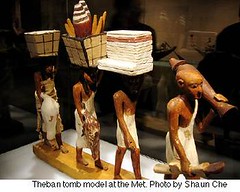 about ancient technologies and living practices. For example, a great deal can be gleaned from models about
about ancient technologies and living practices. For example, a great deal can be gleaned from models about 
 Griffith are those of
Griffith are those of